Recommended Chord Progressions by a Piano Instructor♪
Here are some chord progressions that will be helpful when playing J-POP on the piano or composing your own music.
J-POP Progression (Key of C)
F ⇒ G ⇒ Em ⇒ Am
Ⅳ → Ⅴ → Ⅲ → Ⅵ
First, this chord progression starts with "F: Subdominant," creating a sense of floatiness.
Next, it moves to "G: Dominant," adding a sense of strength.
Examples:
- Aimyon: "Kimi wa Rock o Kikanai" (Intro, Chorus)
- Yoasobi: "Yoru ni Kakeru" (Bridge, Chorus)
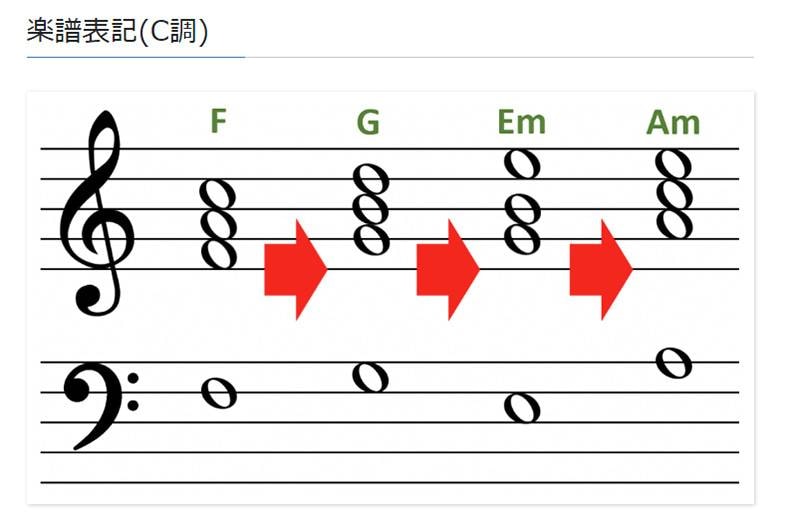
4156 Progression (Key of C)
F ⇒ C ⇒ G ⇒ Am
This chord progression starts with the floaty feel of "F: Subdominant," and quietly resolves with a deceptive cadence. Then it moves from "G: Dominant" to the melancholic "Am," creating a sense of nostalgia within a major scale, while maintaining a delicate balance that prevents it from becoming too rustic. If the "J-POP progression" is a more assertive chord progression, this one could be considered a more subtle progression.
It is called the "4156 progression" because its degree names are "Ⅳ → Ⅰ → Ⅴ → Ⅵm."
Examples:
- Masaki Suda: "Machigai Sagashi" (Bridge)
- Kenshi Yonezu: "Lemon" (Chorus)
- Yuuri: "Kakurenbo" (Interlude)
J-POP Progression (Modified: with Secondary Dominant) (Key of C)
F ⇒ G ⇒ E ⇒ Am
Ⅳ ⇒ V ⇒ Ⅲ ⇒ Ⅵm
This chord progression replaces the second chord of the "J-POP Progression" from "Em" to the secondary dominant "E". It starts with the floaty feel of "F: Subdominant" and progresses strongly to "G: Dominant," similar to the original "J-POP Progression," but here it includes the secondary dominant "E"! The addition of the "G♯," which is not in the scale, significantly increases the tension.
This progression is perfect for creating a highly intense "Chorus," but it can also be effectively used in the "Verse" and "Bridge" sections!
Example:
- Eito: "Kousui" (Verse)
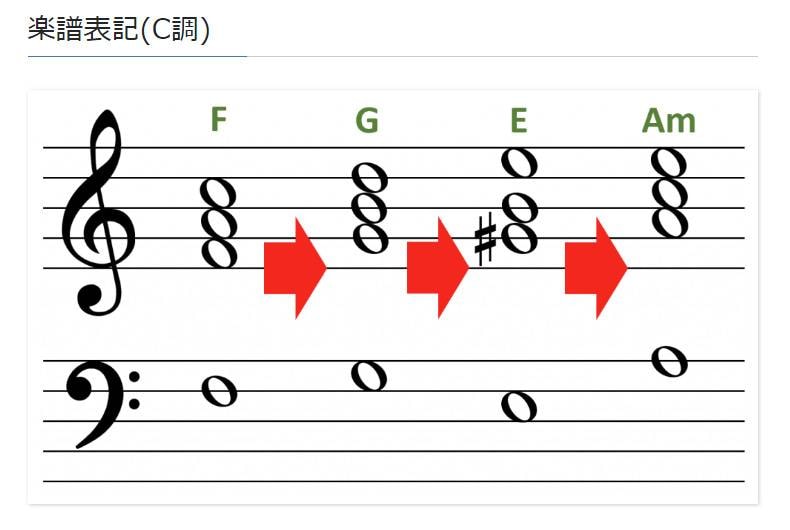
Komuro Progression (Key of C)
Am ⇒ F ⇒ G ⇒ C
Ⅵm ⇒ Ⅳ ⇒ Ⅴ ⇒ Ⅰ
This chord progression is called the "Komuro Progression" because Tetsuya Komuro frequently used it in the 1990s. It is a variation of the cadence "C ⇒ F ⇒ G ⇒ C," which is often cited as a representative example of "ki-shou-ten-ketsu" (introduction, development, twist, and conclusion) in chord progressions. Instead of starting with "C: Tonic," it begins with the substitute chord "Am."
This single change transforms the "C ⇒ F ⇒ G ⇒ C" progression, which might be perceived as "simple," into a chord progression that feels dramatic and narrative. Starting with the melancholic "Am" and continuing with the familiar "F ⇒ G ⇒ C" provides listeners with a sense of comfort.
Example:
- LISA: "Homura" (Chorus)
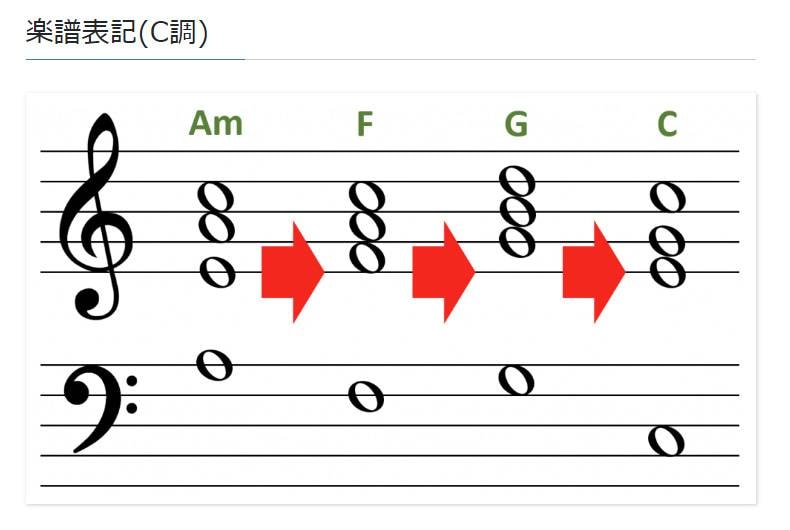
Excitement-Building Progression (Key of C)
Am ⇒ Em ⇒ F ⇒ G
Ⅵm ⇒ Ⅲm ⇒ Ⅳ ⇒ Ⅴ
This chord progression starts with the melancholic "Am" and then ascends along the scale with bass notes "E," "F," and "G," heightening the sense of anticipation. It builds up the expectation as if saying, "Here it comes!"
This progression is very effective in the "Bridge" leading into the "Chorus" or as a transition within the "Chorus" itself.
Example:
- Masaki Suda: "Sayonara Elegy" (Chorus)
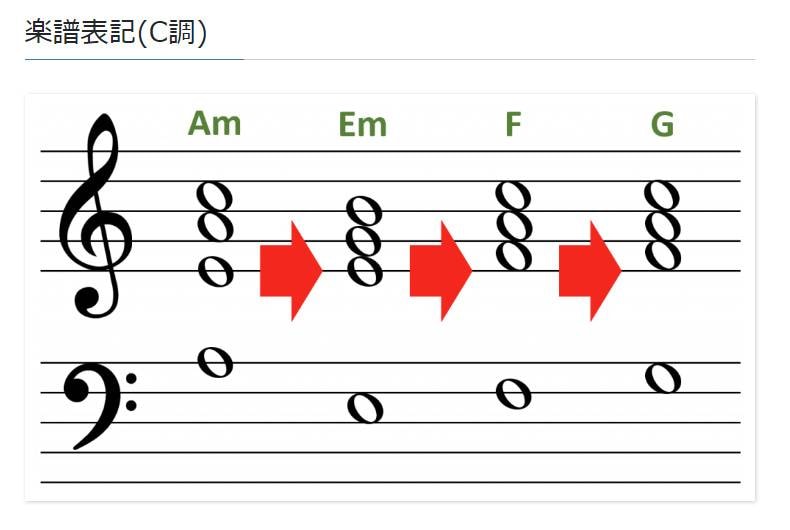
How did you find this "Top 5 Chord Progressions Rankings"?
There is no doubt that the chord progressions listed here are frequently used in "J-POP". By utilizing these chord progressions abundantly, you can create songs that resemble the hit "J-POP" tracks loved by many Japanese people. Be sure to give them a try!







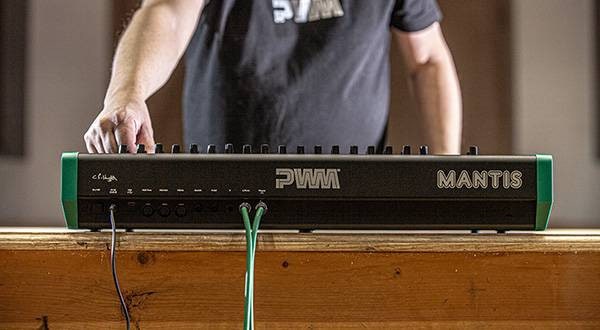


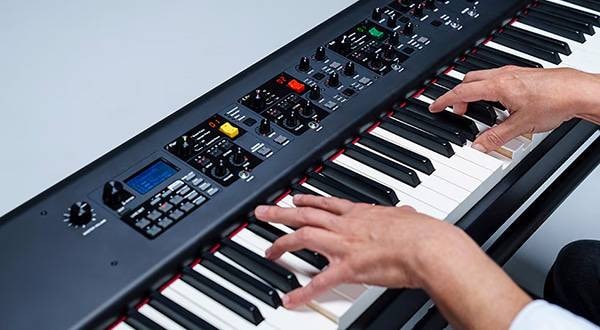


![[Enjoy the Ukulele Even More!] Standard Chord Progressions in Pop, Rock, and Jazz](/contents/uploads/thumbs/5/2022/1/20220124_5_16313_1.jpg)

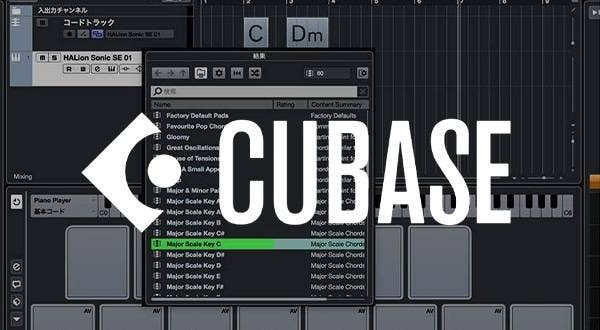
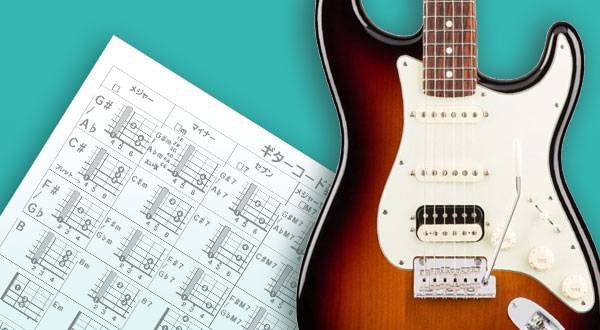
 おすすめの電子ピアノ
おすすめの電子ピアノ
 自分にあったピアノを選ぼう!役立つピアノ用語集
自分にあったピアノを選ぼう!役立つピアノ用語集
 まずは弾いてみよう!楽譜の読み方
まずは弾いてみよう!楽譜の読み方
 用途で選ぶ!鍵盤楽器の種類
用途で選ぶ!鍵盤楽器の種類
 ピアノ・キーボードの各部名称
ピアノ・キーボードの各部名称
 キーボード・ピアノ講座
キーボード・ピアノ講座















